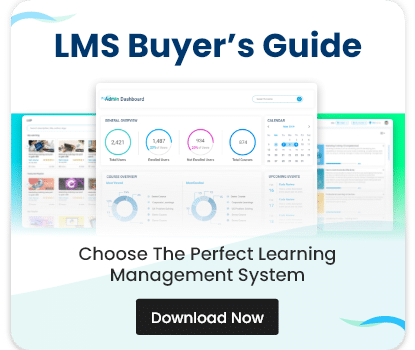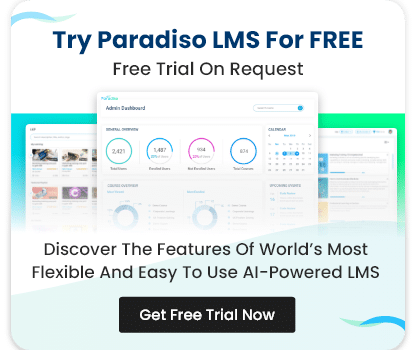LMS pricing models are imperative when choosing the cost-effective LMS for a higher ROI. According to studies, people overspend on their learning management system by 59%. Whether your business is just starting to use eLearning, or you want to switch LMS providers, determining the overall cost of LMS deployment may seem significant.

We have
something for you!
Are you still figuring out which LMS is the best? Grab the chance to explore the LMS Buyer's Guide and get started.
















